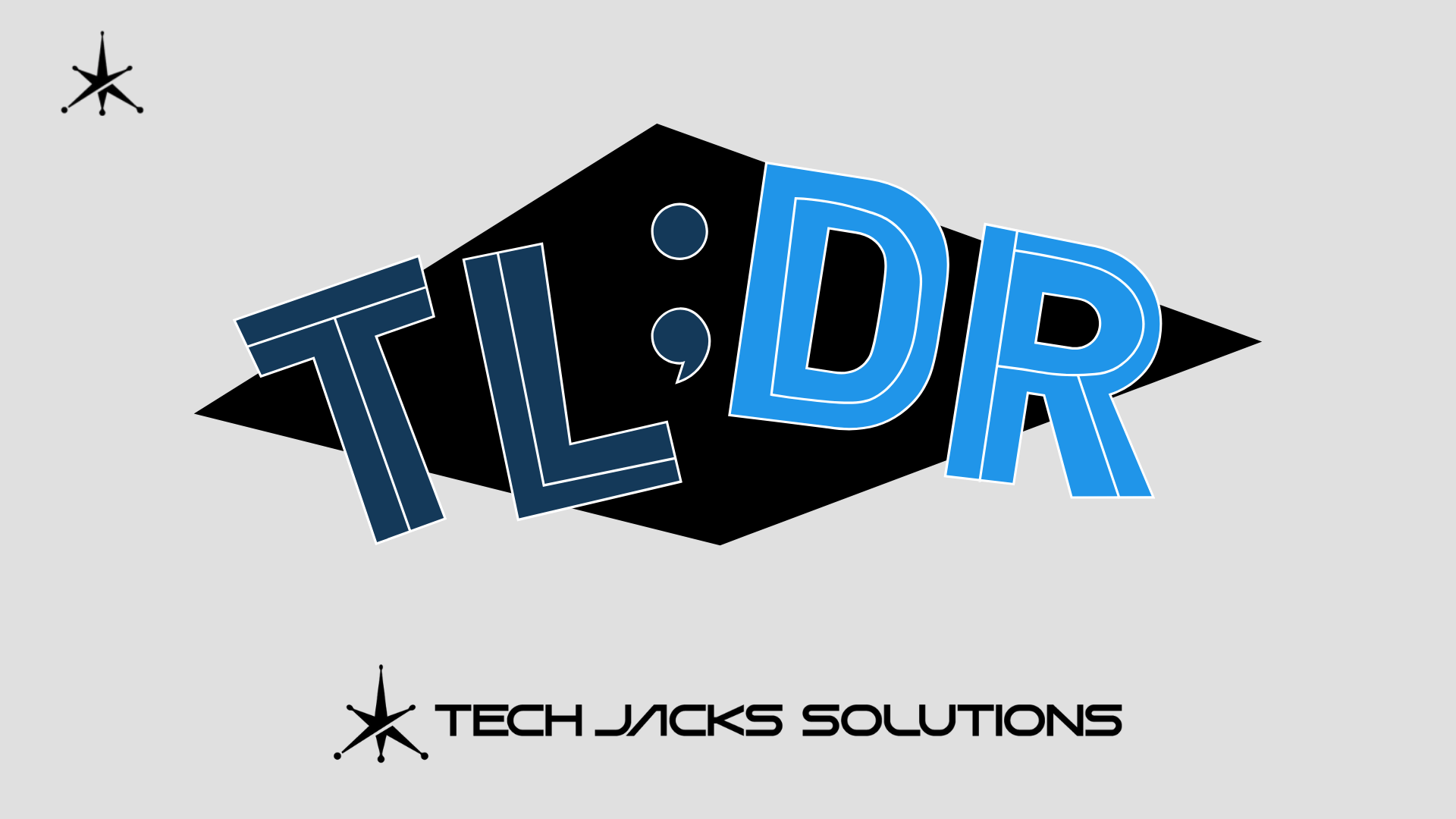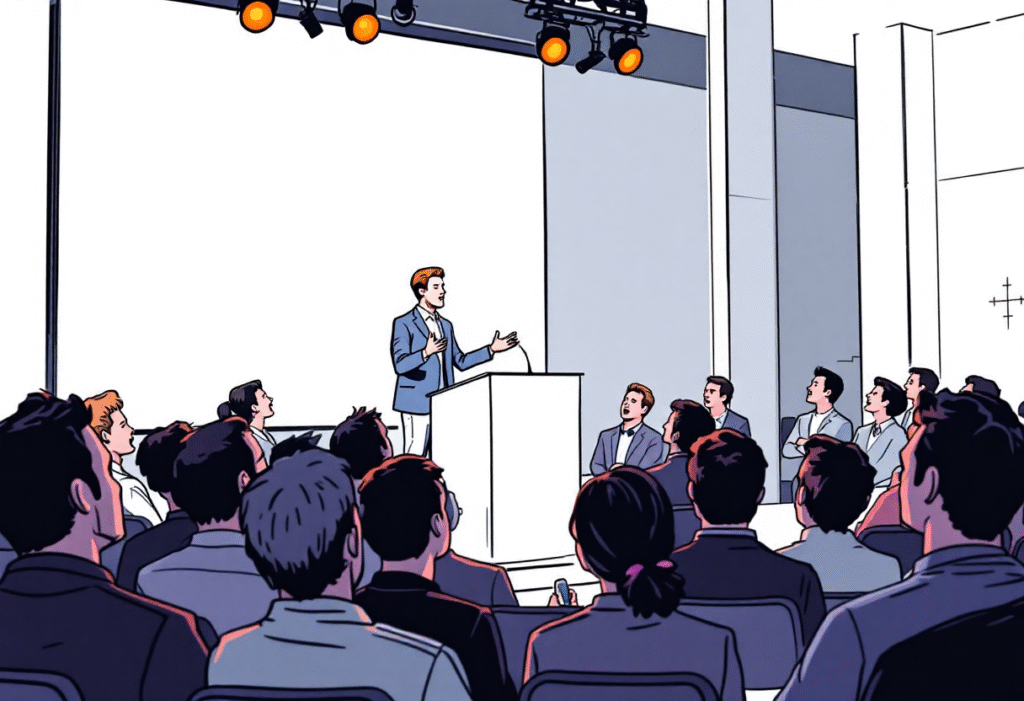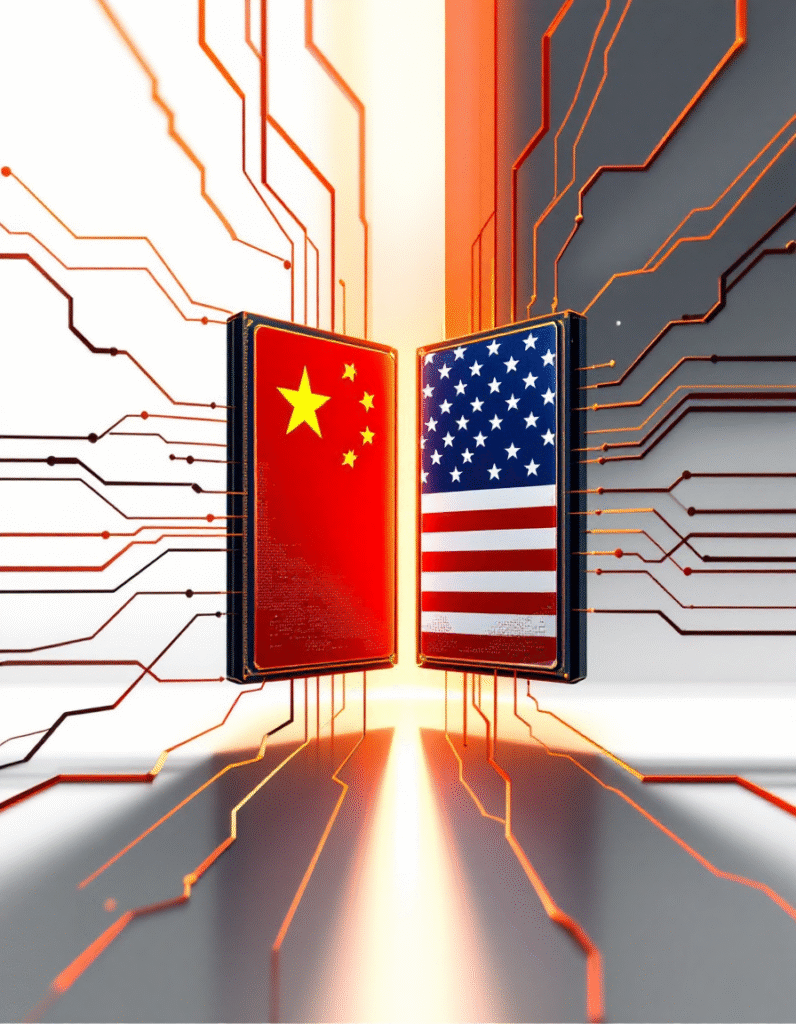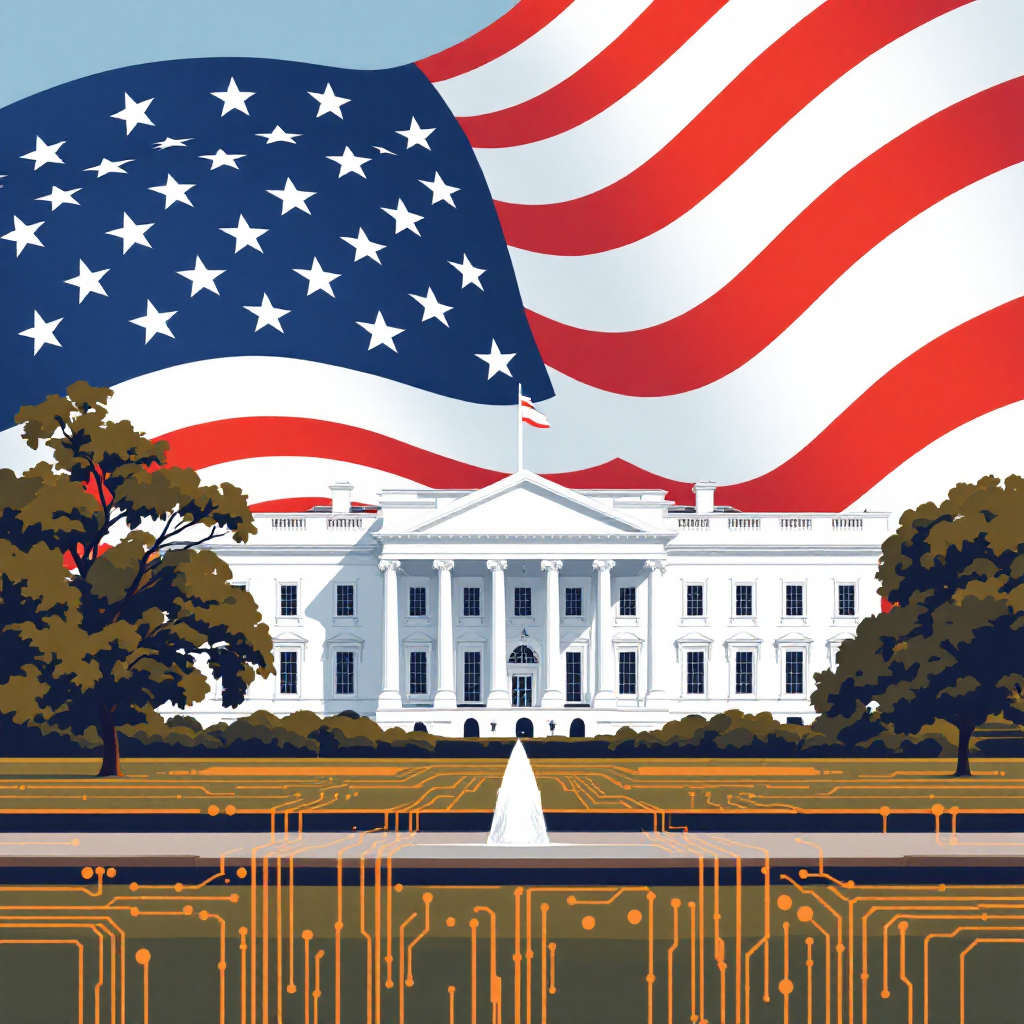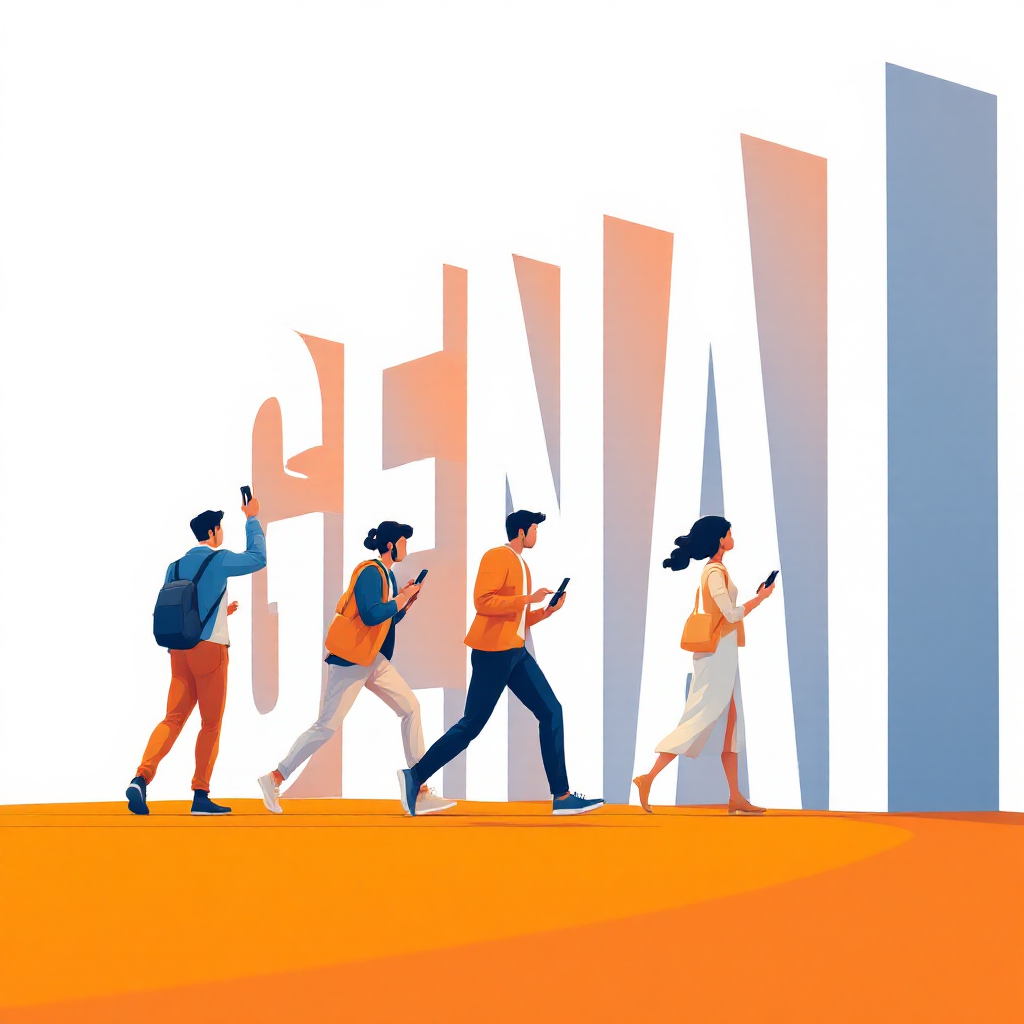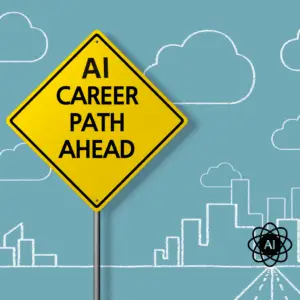YouTube AI Content Explosion
The creator economy is buzzing with AI analysis. Matt Wolfe’s recent breakdown of “The Power of AI in 2025” highlighted how AI agents represent a fundamental shift from simple chatbots to actionable helpers that can execute complex multi-step tasks. His content consistently draws 10K+ views by focusing on practical tool implementations rather than hype.
Two Minute Papers continues dominating technical education with their signature “What a time to be alive!” approach. Their recent analysis of DeepSeek’s performance versus OpenAI models drew massive engagement from developers trying to understand the technical implications of cost-effective alternatives.
AI Explained is gaining traction with deep technical dives into model architectures. Their breakdown of Gemini 2.5 Pro benchmarks became essential viewing for practitioners evaluating competitive options.
- 🔥 Reddit Communities React
r/MachineLearning (2.8M+ subscribers) is experiencing intense discussions about the narrowing performance gap between open-source and proprietary models. Stanford’s AI Index 2025 report showing the gap shrinking from 8% to just 1.7% sparked hundreds of comments about democratization implications.
r/singularity (1.8M+ subscribers) is buzzing with existential concerns. The viral post “Now with o3 from OpenAI, what am I supposed to do as a CS freshman?” captured widespread anxiety among computer science students about AI’s impact on traditional programming careers.
r/OpenAI (4M+ subscribers) shows mixed reactions to the company’s open-source pivot, with many users celebrating democratization while others worry about competitive moats disappearing.
- 🚀 GitHub Trending: Developer Action
MiniCPM-o 2.6 exploded on GitHub with its promise of “GPT-4o Level MLLM for Vision, Speech, and Multimodal Live Streaming on Your Phone.” The repository represents the democratization of advanced AI to mobile devices.
STORM from Stanford gained massive developer interest for its Wikipedia-style article generation using multi-perspective question asking and retrieval. The system earned recognition at EMNLP 2024 when 78% of human evaluators preferred it over traditional RAG chatbots.
AutoGPT continues evolving its mission to “make AI accessible to everyone, regardless of technical expertise,” maintaining strong contributor velocity and community engagement.



